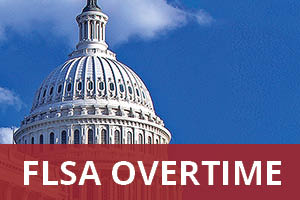by CUPA-HR | August 28, 2023
On August 7, the Equal Employment Opportunity Commission (EEOC) issued a proposed rule to implement the Pregnant Workers Fairness Act (PWFA). The proposed rule provides a framework for how the EEOC plans to enforce protections granted to pregnant workers under the PWFA.
In December, the PWFA was signed into law through the Consolidated Appropriations Act of 2023. The law establishes employer obligations to provide reasonable accommodations to pregnant employees so long as such accommodations do not cause an undue hardship on the business, and makes it unlawful to take adverse action against a qualified employee requesting or using such reasonable accommodations. The requirements of the law apply only to businesses with 15 or more employees.
Purpose and Definitions
Under the proposed rule, the EEOC states that employers are required to “provide reasonable accommodations to a qualified employee’s or applicant’s known limitation related to, affected by, or arising out of pregnancy, childbirth, or related medical conditions, unless the accommodation will cause an undue hardship on the operation of the business of the covered entity.”
Most definitions included in the EEOC’s proposed regulations follow the definitions provided under the Americans with Disabilities Act (ADA). The proposed rule, however, expands upon the definition of a “qualified employee or applicant” to include an employee or applicant who cannot perform an essential function of the job so long as they meet the following criteria:
- Any inability to perform an essential function is for a temporary period
- The essential function could be performed in the near future
- The inability to perform the essential function can be reasonably accommodated
The rule continues by defining “temporary” as the need to suspend one or more essential functions if “lasting for a limited time, not permanent, and may extend beyond ‘in the near future.’” Accordingly, “in the near future” is defined to extend to 40 weeks from the start of the temporary suspension of an essential function.
Additionally, the terms “pregnancy, childbirth, or related medical conditions” include a non-exhaustive list of examples of conditions that fall within the statute, including current or past pregnancy, potential pregnancy, lactation, use of birth control, menstruation, infertility and fertility treatments, endometriosis, miscarriage, stillbirth, and having or choosing not to have an abortion. The proposed rule specifies that employees and applicants do not have to specify the condition on the list or use medical terms to describe a condition to receive an accommodation.
Reasonable Accommodations
The proposed rule states that requests for an accommodation should both identify the limitation and indicate the need for an adjustment or change at work. The rule adopts the interactive process for approving and adopting reasonable accommodations for employees or applicants as implemented under the ADA, meaning employers and the qualified employee or applicant can work together to reach an agreement on an appropriate accommodation.
The proposed rule also offers a non-exhaustive list of examples of reasonable accommodations that may be agreed upon during the interactive process. These include frequent breaks, schedule changes, paid and unpaid leave, parking accommodations, modifying the work environment to make existing facilities accessible, job restructuring and other examples.
Additionally, the proposed rule introduces “simple modifications,” which are presumed to be reasonable accommodations that do not impose an undue burden in almost all cases. The four simple modifications proposed are:
- Allowing employees to carry water and drink, as needed, in the work area
- Allowing employees additional restroom breaks
- Allowing employees to sit or stand when needed
- Allowing employees breaks, as needed, to eat and drink
Supporting Documentation
The proposed rule states that covered employers are not required to seek documentation to prove the medical condition or approve an accommodation, further stating that the employer can only request documentation if it is reasonable in order to determine whether to grant an accommodation for the employee or applicant in question. Under the regulations, “reasonable documentation” is that which describes or confirms the physical condition; that it is related to, affected by, or arising out of pregnancy, childbirth or related medical conditions; and that a change or adjustment at work is needed for that reason. Examples of situations where requesting documentation may be determined to be unreasonable include when the limitation and need for an accommodation are obvious; when the employee has already provided sufficient documentation; when the accommodation is one of the four “simple modifications”; and when the accommodation is needed for lactation.
Remedies and Enforcement
The proposed rule establishes the applicable enforcement mechanisms and remedies available to employees and others covered by Title VII of the Civil Rights Act of 1964 for qualified employees and applicants covered under the PWFA. The rule also proposes several anti-retaliation and anti-coercion provisions to the list of protections granted to those covered by the PWFA.
Next Steps
The EEOC’s proposed rule marks the agency’s first step toward finalizing PWFA regulations. Although the timing is uncertain, the EEOC will likely aim to issue the final regulations by December 29 — the deadline Congress gave the agency to finalize a rulemaking to implement the law. Notably, however, the PWFA went into effect on June 27, meaning the EEOC is now accepting violation charges stemming from PWFA violations without having a final rule implemented.
The EEOC invites interested stakeholders to submit comments in response to the proposed rule by October 11. Comments will be considered by the agency before issuing its final rule for the PWFA.
CUPA-HR will keep members apprised of any activity relating to the PWFA regulations.
Share This Article:






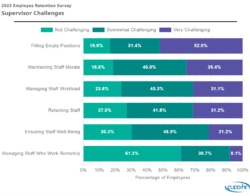
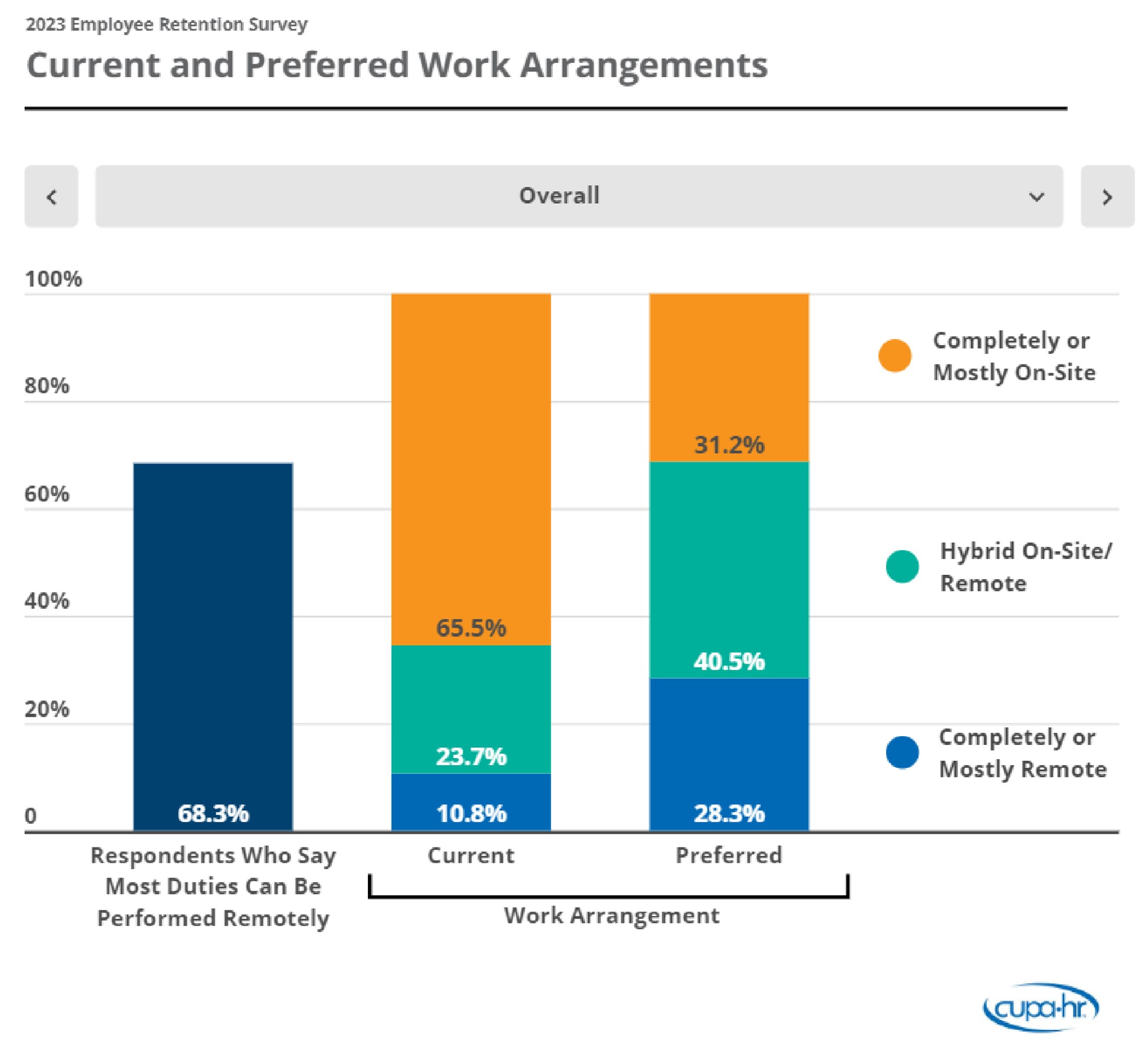
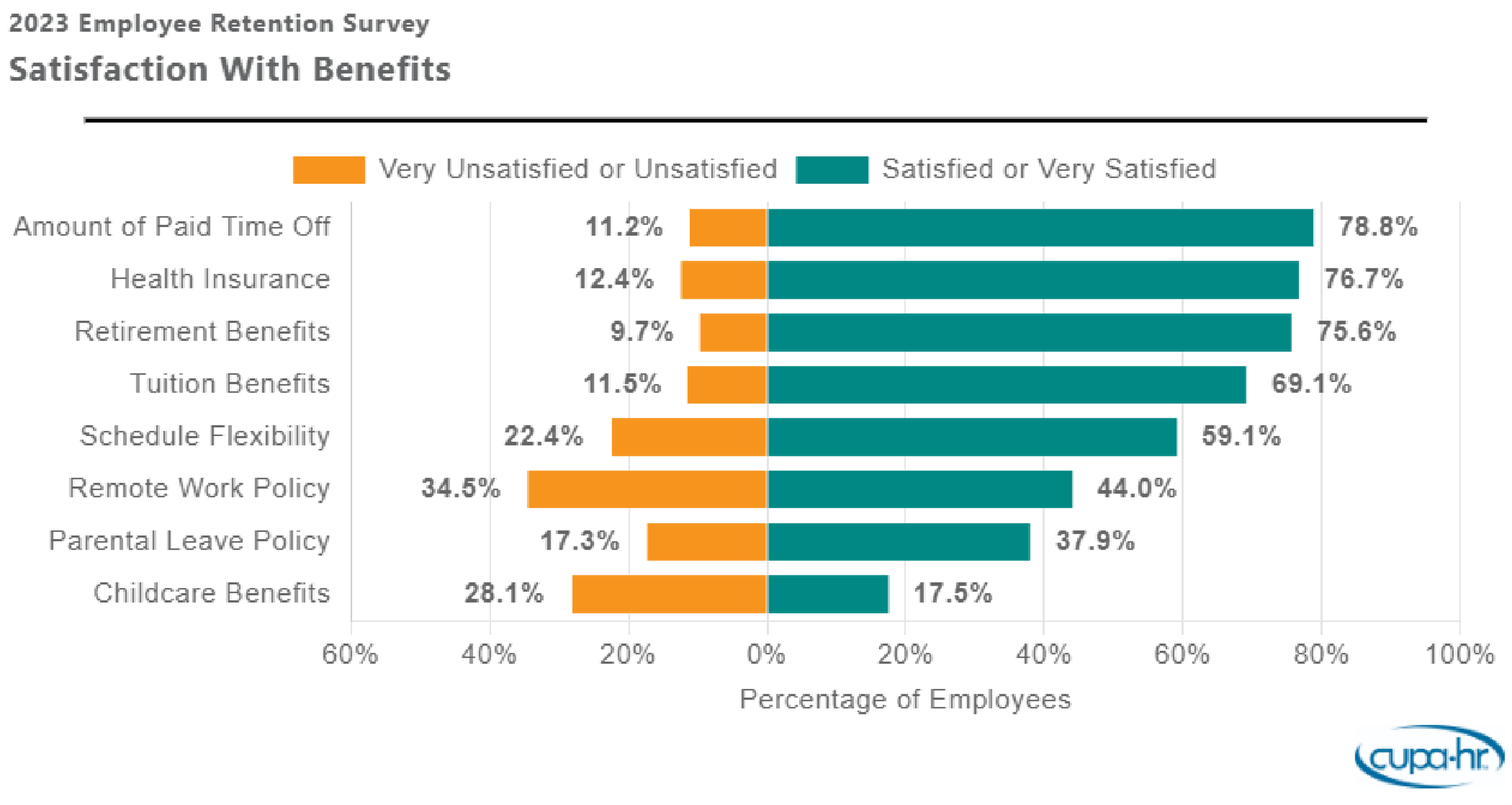
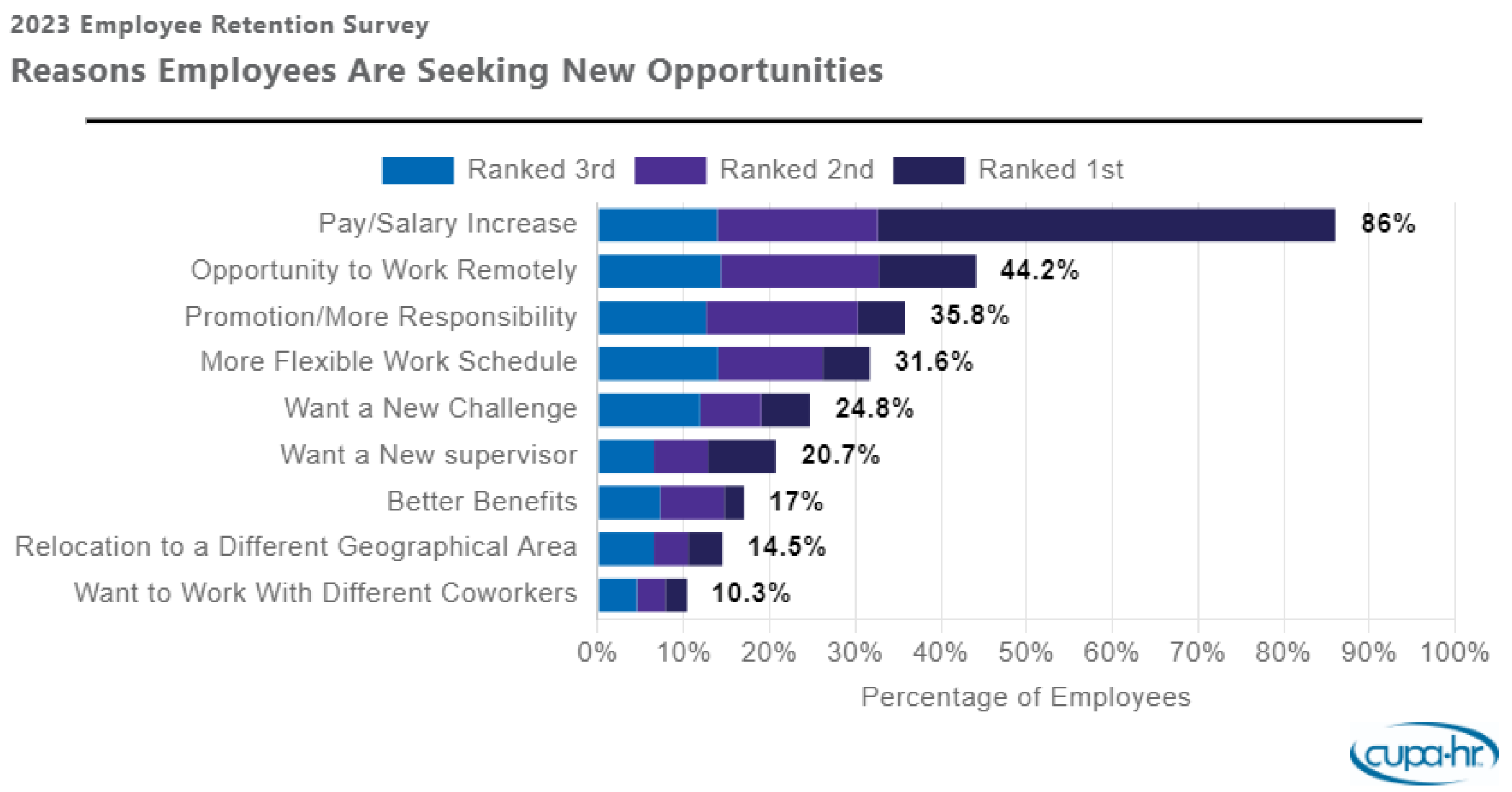 But while pay is the top concern mentioned by employees, retention challenges are more complex.
But while pay is the top concern mentioned by employees, retention challenges are more complex.